Author: Devin Powell
Location: Reutlingen, Germany
Our next adventures took us to Leipzig, Wittenberg, Eisenach, and Wartburg Castle up north. This was a school trip rather than one of our own adventures, so things were a bit more planned. This region of German is often referred to as “Lutherland” due to the great reformer, Martin Luther, having made his stay in this area during the late 15th and early 16th centuries. Here, the reformation of the church began and Lutheranism began to form.
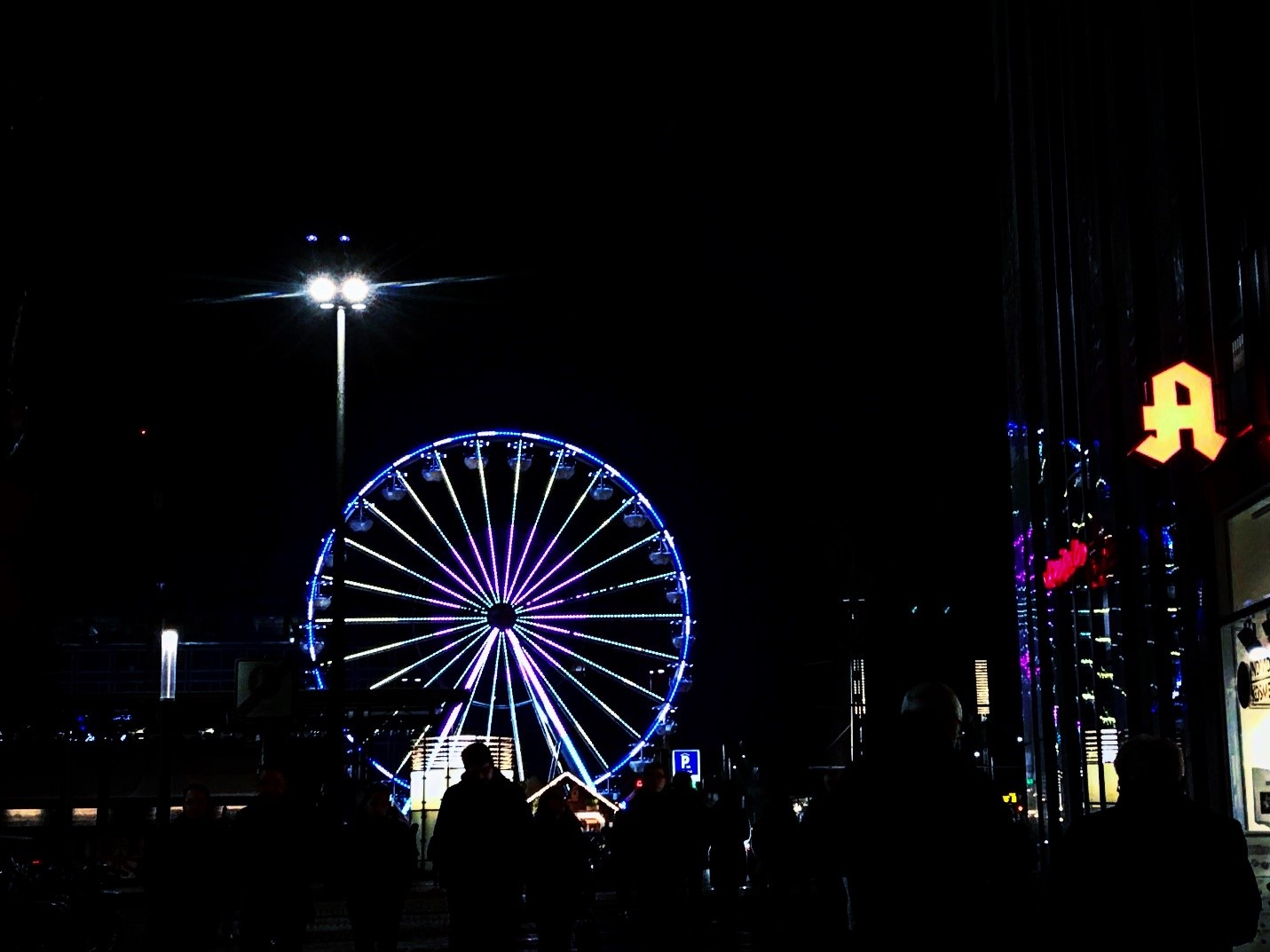
Leipzig Ferris Wheel: We happened to arrive in Leipzig during a very exciting time. The city was having a sort of Christmas fair downtown with an ice rink and traditional German food and their traditional drink, Glühwein (warm red wine with spices and herbs). The event was called Eistraum Auf dem Augustusplatz. You could purchase a Glühwein for 3 Euros but for an additional 3 Euros, you could also purchase the frosted mug that it came served in.
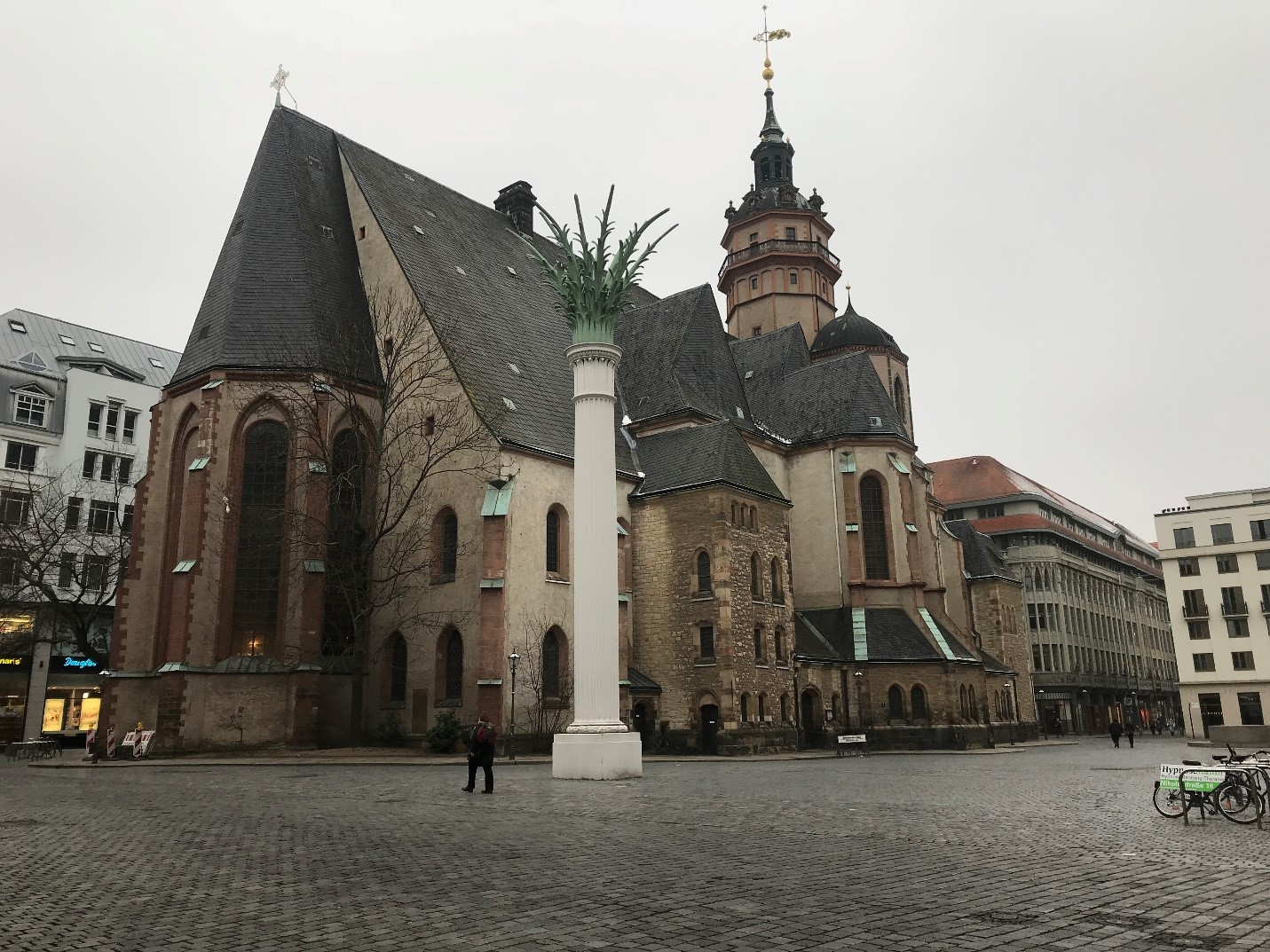
St. Nicholas Church (Nikolaikirche): This church is situated in the center of downtown Leipzig. It was constructed in the 15th century in a Romanesque style design but was later converted to a more Goth church in the 16th century. Johann Sebastian Bach was actually the music director of the Nikolaikirche during the 18th century, and the church was also the center of peaceful protests and demonstrations during the 1980s and early 1990s against communism.
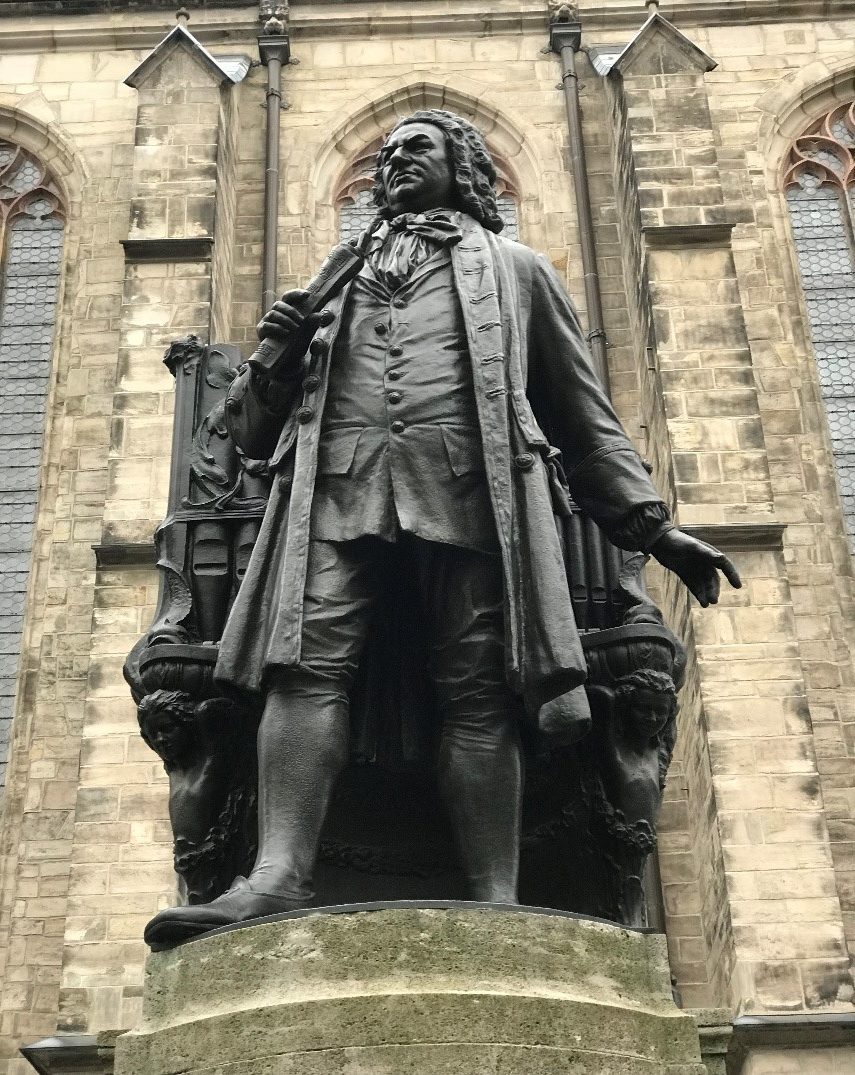
Johann Sebastian Bach: He was born between March 21 and March 31 1685. He was one of the most influential composers of his time, and today, his influence even lives on at Valparaiso through the Bach Institute. As a part of our program, we will be visiting the Marienkirche in Reutlingen to hear the St. John’s Passion, one of Bach’s works. According to the Bach-Were-Verzeichnis, Bach composed 1128 works in his 65 years of life. 23 of these works were lost or unfinished and are only known via other compositions or clues left by history.

Stadt und Pfarrkirche St. Marien zu Wittenberg (Town and Parish Church of St. Mary’s): This church was first mentioned in the year 1187. Martin Luther often preached at this church in downtown Wittenberg. Not pictured but just off-screen on the top right of the tower are sculptures of swine. These swine sculptures represented the Jewish people that were present in Wittenberg. They were often the lowest class of people and were not allowed in the churches. The town wanted to get rid of the tower some years back due to what the sculptures represented, but they ultimately decided against it stating that it was a part of history and would be merely hiding an ugly part rather than embracing the ignorance of it.
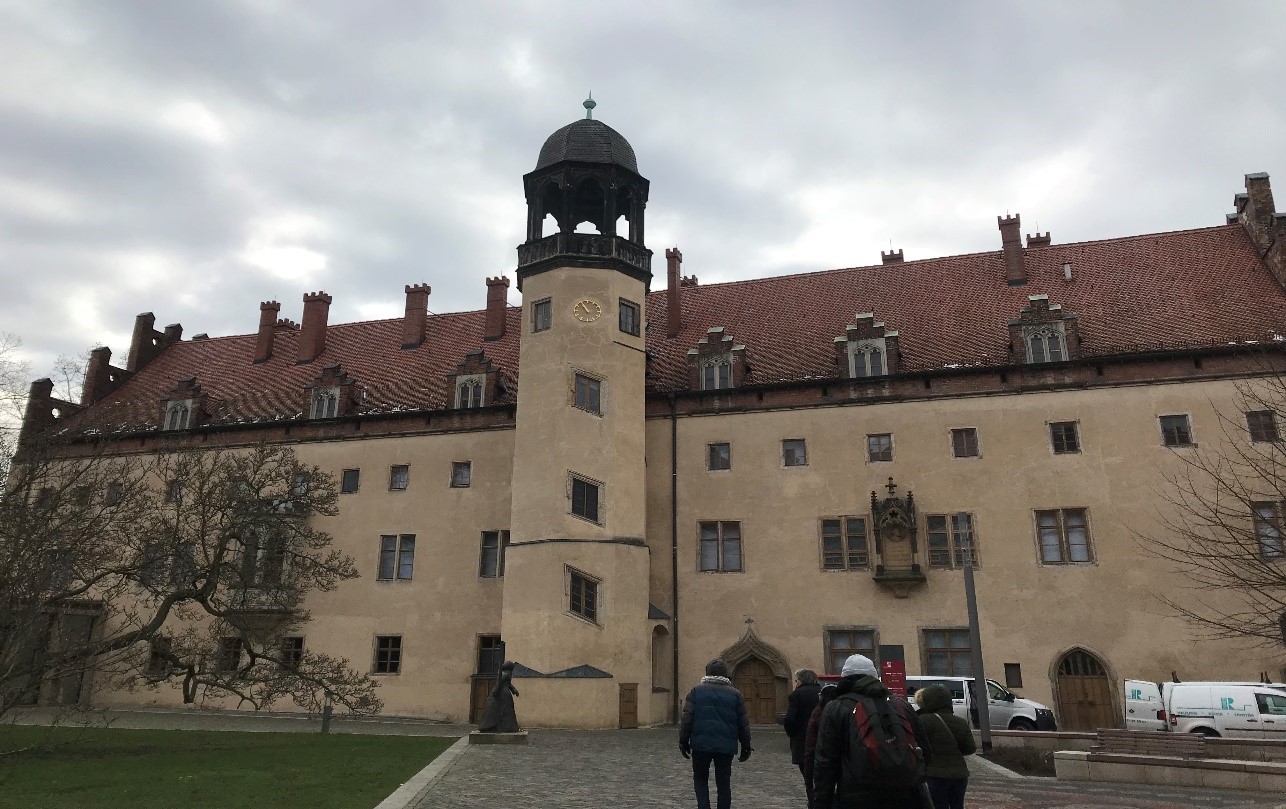
Lutherhaus (Luther House): This building was originally constructed in 1504 and was a part of the University of Wittenberg where Martin Luther and his wife, Katharina von Bora, lived. When Luther wrote his 95 Theses, he lived here and may have even written them in his bedroom that is highlighted by the fancy looking window adornment to the right of the tower in the photo. He and his wife even taught here during the period.
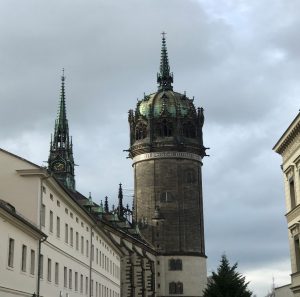

Schloßkirche (All Saint’s Church/Castle Church) and Church Doors: The Schloßkirche is the most famous of the churches in Wittenberg. This church is the very one where Martin Luther hung his 95 Theses. The doorway pictured on the right is the same doorway where they were nailed to the doors in 1517. A fire in 1760 destroyed some of the church and burned the original wooden door. Since then, a new bronze door has been constructed and every single line of Luther’s theses are chiseled into it to commemorate the Protestant Reformation. Luther is also buried here.
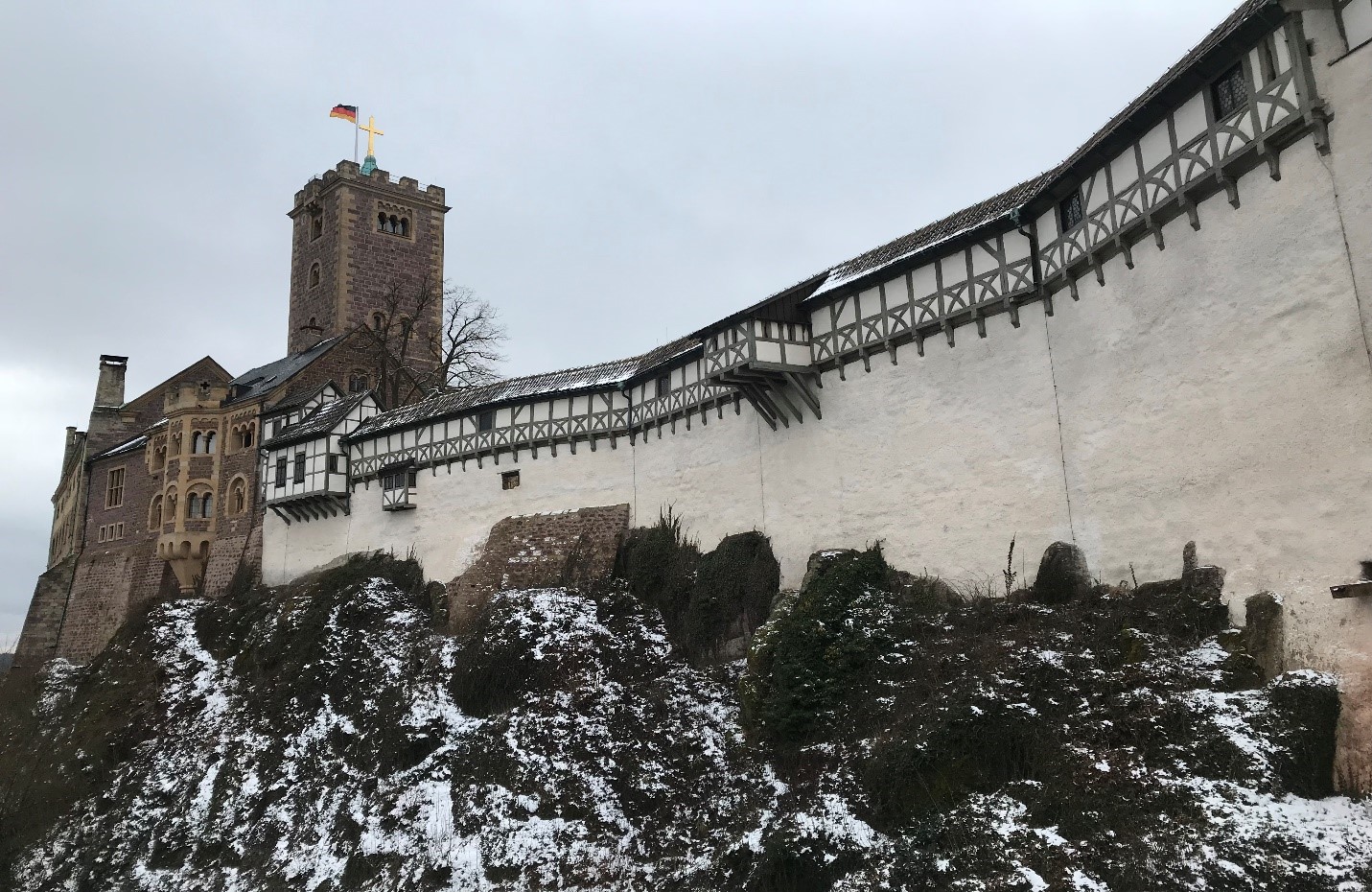
Wartburg Castle (Eisenach): Built around 1067 in the Middle Ages, Wartburg Castle housed St. Elisabeth of Hungary. It’s most legendary fact, however, is that this castle is where Luther translated the Bible from Latin into German allowing ordinary people to read the Bible and therefore interpret it in varying ways. This is also where Luther fled to hide from persecution after calling for a change in the church.
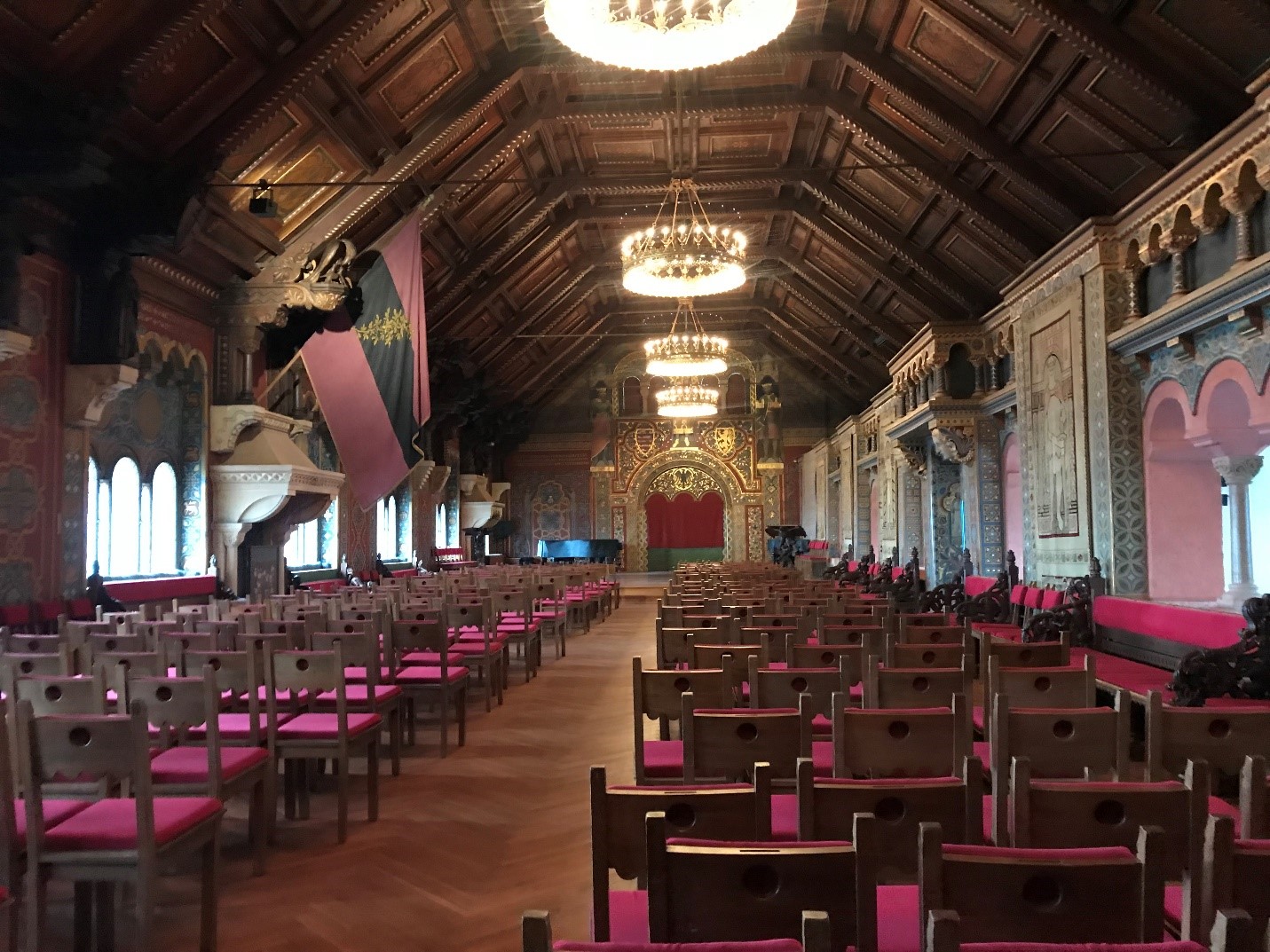
Leave a Reply